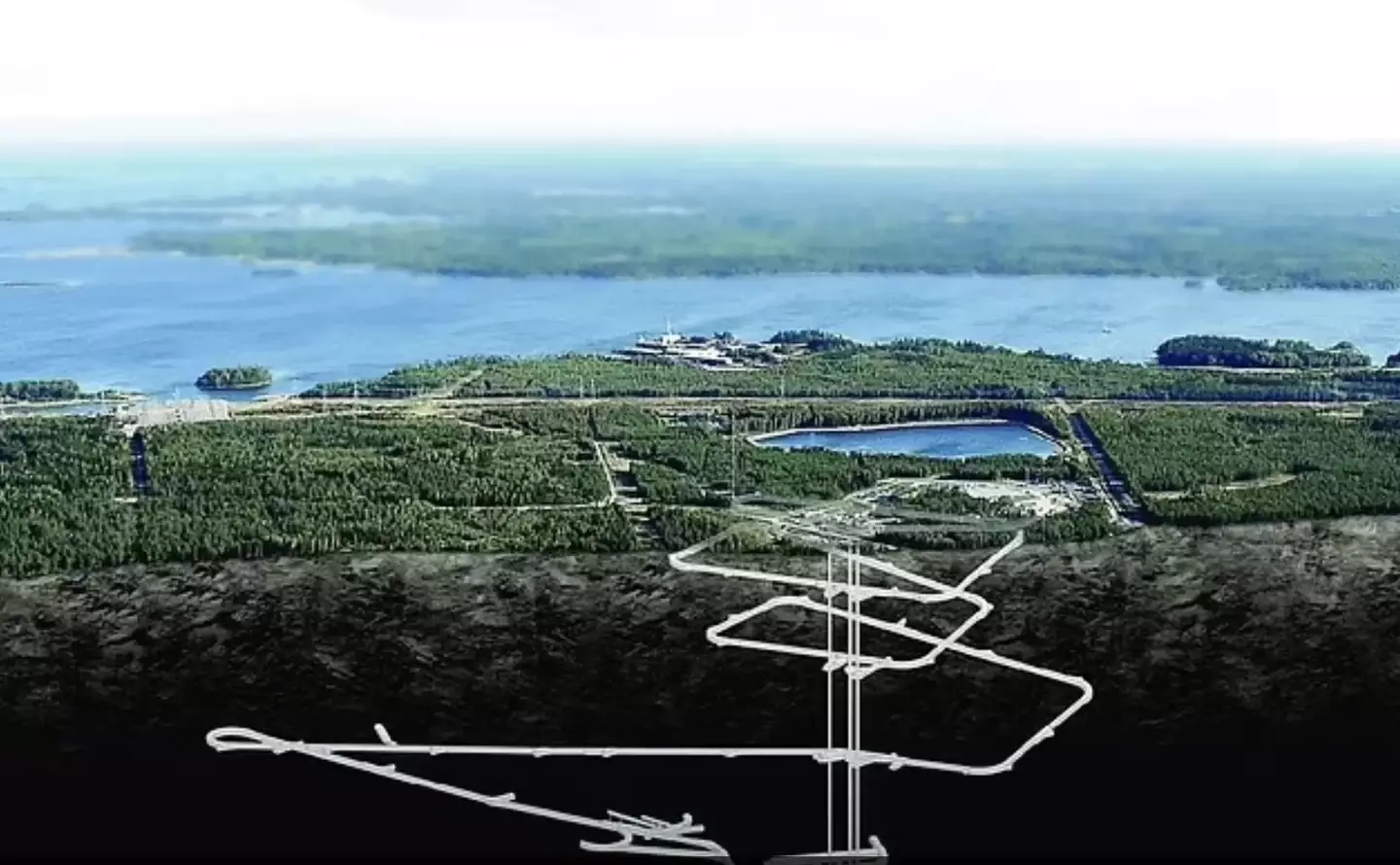“Mysterious £3 Billion ‘Tomb’ Deep Underground: What Secrets Will Stay Buried for 100,000 Years?”
Nuclear power—it’s a hot topic, isn’t it? While it can generate significant energy, a common concern is what happens to the waste it produces. You see, unless you fancy yourself the fictional Mr. Burns from The Simpsons, casually dumping radioactive waste in a park, the question of disposal can be a real head-scratcher. Thankfully, there’s movement in the world of nuclear waste management, and it’s taking an intriguing turn in Finland. Here, the ambitious $4 billion Onkalo project aims to create a permanent resting place for nuclear waste that could last, get this, 100,000 years! That’s right, while we debate the next iPhone model, Finland is planning for a world where their waste is safely tucked away for millennia. Curious about how this will play out? Let’s dive into this fascinating solution and what it means for the future of nuclear energy. LEARN MORE.
A common critcisim of nuclear power is that there’s no good way to dispose of the waste.
Unless you’re Mr. Burns off The Simpsons, you’re not going to dump it in your local park or river.
Fortunately, a potential solution has arrived – although as you might expect, it won’t be easy to access.

Posiva)
Over in Finland, the first-ever ‘tomb’ for nuclear waste is set to be sealed up for 100,000 years, which is the time needed for the waste to break down safely.
Finland’s $4 billion (£3 billion) Onkalo project is a six-mile long network of tunnels, built to store 6,500 tons of uranium waste produced at a local plant.
The European nation is one of the world leaders of nuclear power, providing 35 percent of the country’s electricity generator in 2022. Their reactors are among the world’s most productive, running at an average capcity factor of 95 percent.
Onkalo was launched in 2019 by Finland’s waste management organization, Posiva. Before 2026, Posiva is looking to bury 3,250 canisters of waste.
The containers will be 17 feet long and will be transported to the tunnels where they will be surrounded by bentonite clay. Each one will be stored into a vertical hole, of which they are 30 to 40 in total. Once each hole is filled, they’ll be filled with clay and sealed.
So, all in all, there’s a lot of layers to this plan.
You may think this is all a bit of overkill, but it’s to ensure that the waste proves no risk of contamination.

Posiva)
Given that it’ll remain radioactive for tens of thousands of years, 100,000 is a safe bet.
On their website, Posiva said: “Many countries using nuclear power have final disposal facilities for low- and medium-level waste, but final disposal of high-level spent nuclear fuel has not yet been launched anywhere.”
As it currently stands, most nuclear fuel is stored in large tanks in facilities.
Alternatively, it is encased in glass and buried 500 feet underground.
There’s nothing wrong with these methods in the short term, but they don’t take the long-term into account, scientists fear. Given how long waste remains radioactive for, there’s no telling what could change with regards to geography in the next thousand years.
When buried by Posiva, the waste will only have one-thousandth of its original radiation levels. But even that fragment is dangerous to humans.
Posiva explained: “A small portion of the radioactive materials contained by the fuel have an extremely long life, which necessitates their isolation from nature.
“For this reason, the final disposal canisters are designed to remain tight and impervious in their final deposition place long enough for the radioactivity of spent fuel to decrease to a level not harmful to the environment.”
So there you have it, there’ll be nuclear waste stored underneath the Earth 100,000 years from now.
Who knows what other developments will have come along in that time?














